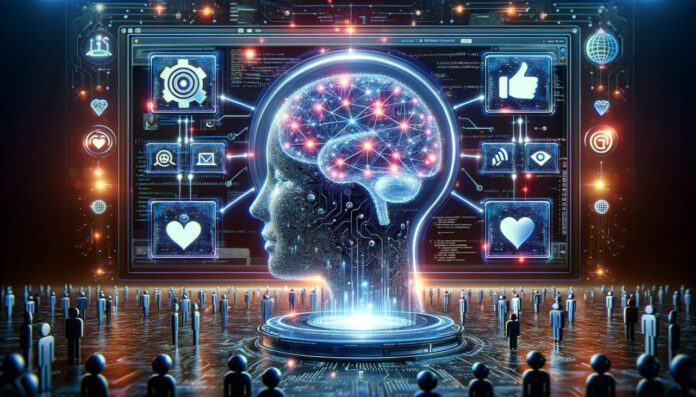Meta is set to introduce new standards to manage AI-generated content across its platforms, including Facebook, Instagram, and Threads, as announced in a company blog post on January 6. This initiative will involve labeling content that is recognized as AI-generated, either through metadata or intentional watermarking, to ensure transparency on the platform. Moreover, Meta will empower users to report any AI-generated content that lacks proper labeling, enhancing the community’s role in content moderation.
This move is reminiscent of Meta’s (formerly known as Facebook) early strategies for content moderation, where it developed systems allowing users to report content that breached the platform’s guidelines. As we move into 2024, Meta is revisiting this approach by providing tools for users to flag content, leveraging what could be considered the largest consumer-driven moderation force globally.
The upcoming standards will also mandate creators on Meta platforms to label their AI-generated works accordingly. The blog post emphasized the importance of this disclosure, stating, “We’ll require people to use this disclosure and label tool when they post organic content with a photorealistic video or realistic-sounding audio that was digitally created or altered, and we may apply penalties if they fail to do so.” This requirement underscores the company’s commitment to maintaining authenticity and transparency in the content shared on its networks.
Meta also highlighted that content created using its in-built AI tools would automatically receive a watermark and label, clearly indicating its AI-generated nature. However, the company acknowledged the challenge of identifying AI-generated content that lacks such visible markers, particularly from external generative AI systems. To address this, Meta is collaborating with industry giants like Google, OpenAI, Microsoft, Adobe, Midjourney, and Shutterstock through consortium partnerships. These collaborations aim to develop scalable techniques for detecting invisible watermarks.
The blog post, however, pointed out a significant gap in the current capabilities for monitoring AI-generated media: the detection of AI-generated audio and video content, including deepfakes, remains a challenge. While progress has been made in labeling AI-generated images, similar advancements in audio and video detection have yet to be achieved at scale. This gap highlights the ongoing challenges and complexities in regulating AI-generated content and underscores the need for continued innovation and collaboration within the tech industry to ensure a safe and transparent digital environment.




